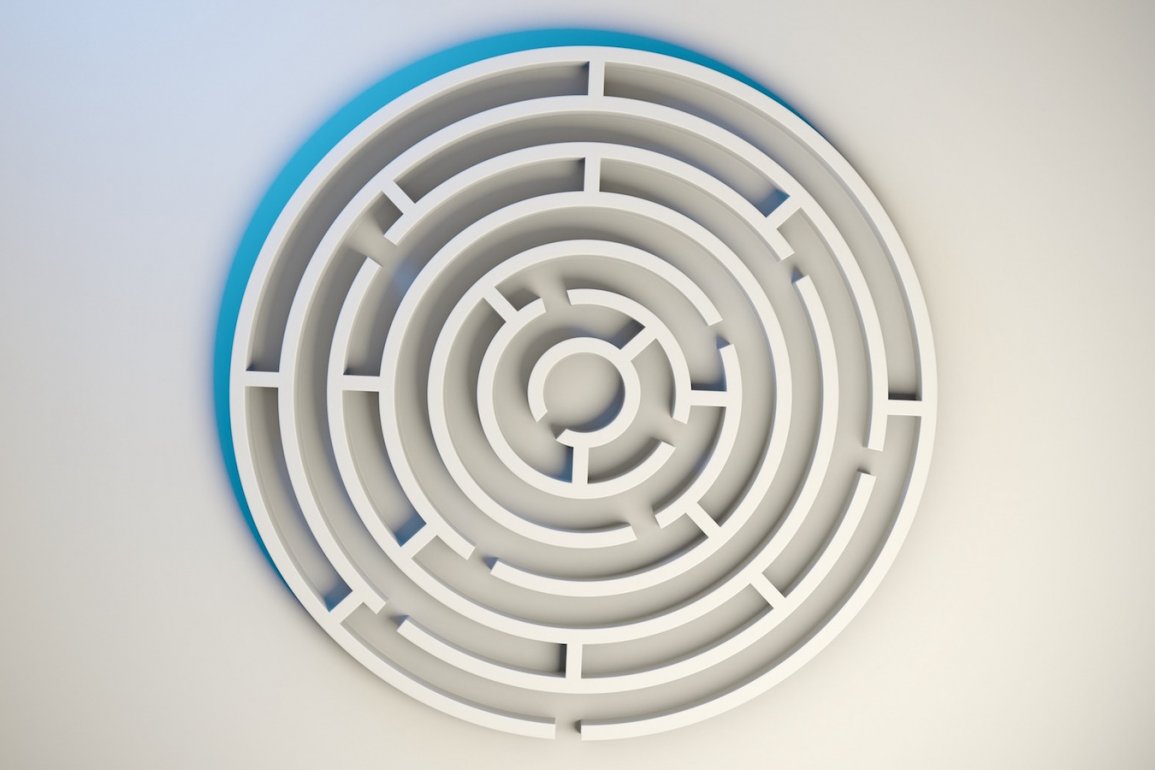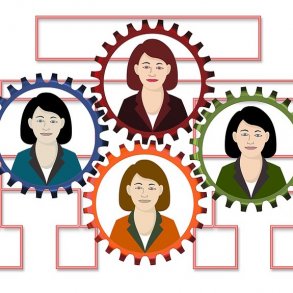By Susanna Carman for Enlivening Edge Magazine
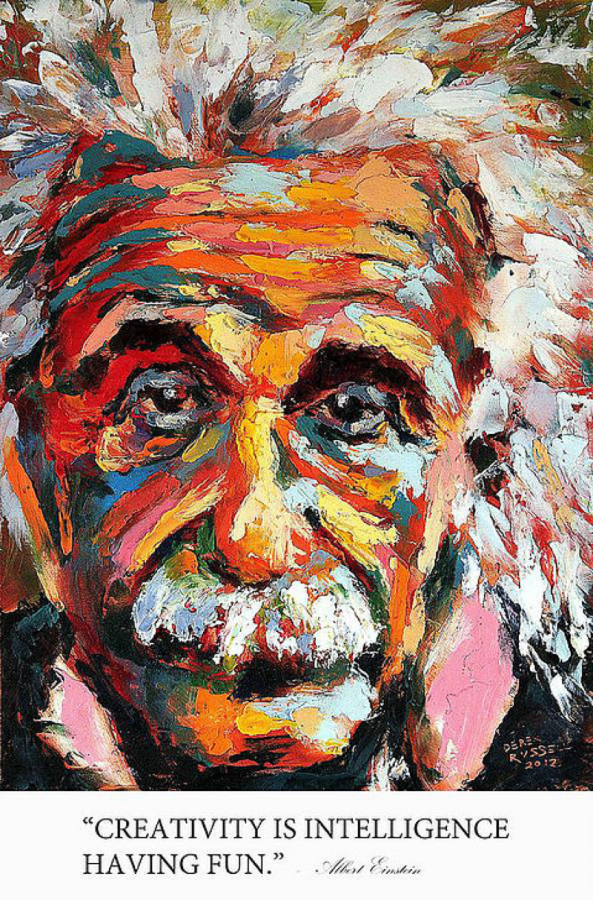
In today’s world of speed and technology, the words Innovation, Creative Intelligence, and Design Thinking are used interchangeably to respond to all things disruption-related. But what do these words really mean, how are they different from one another, and why does any difference matter?
My understanding of these three concepts is grounded in 25 years of professional and personal experience as a consultant, facilitator, and performing artist catalyzing Creative Intelligence in community groups, businesses, and educational organisations. The past decades of fieldwork have inspired me to share how I define these concepts and their interrelatedness.
I see innovation as a measurable, consequential output to a set of catalytic conditions designed to generate novel solutions. Organisations who wish to generate innovative outputs invest in growing the Creative Intelligence or “CQ” of their internal team. From my experience, the main defining feature of heightened CQ is an ability to embrace ambiguity and to engage in a sophisticated, nuanced relationship with complexity.
Where does Design Thinking (DT) fit into all of this? Tim Brown, president and CEO at the Design and innovation firm IDEO, defines Design Thinking as “a human-centred approach to innovation that draws from the designer’s toolkit to integrate the needs of people, the possibilities of technology and the requirements for business success.”
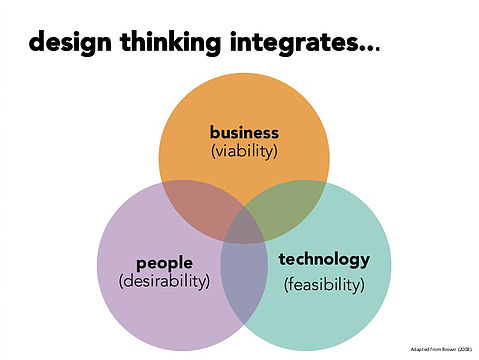
Stanford University’s late design icon, Rolfe Paste, framed it as a “formal method for practical, creative resolution of problems or issues, with the intent of an improved future result.”
I see DT as both a process and a mindset—a way of thinking, feeling, being and doing—that responds to complexity, uncertainty, and change with empathy and wonder.
Design Thinking has become so popular because it enables those who do not consider themselves “artists” to learn how to think like one. What I mean is, artists have a way of engaging in ambiguity with curiosity. A screenwriter friend of mine is always reminding me to be “willing to kill your little darlings.” Artists know that although holding intention is powerful, letting go of what you may be attached to along the way is part and parcel of the journey toward creating something that includes and transcends your expectations. This practice of relaxing amidst ambiguity, whilst holding true to intention, is embedded in DT. In other words, DT as a process helps people feel safe to exercise the ambiguity muscle—to get things wrong, to adapt, pivot, and still progress toward fulfilling an intention.
To be clear, this is not skill development, but rather cognitive development. That is teaching others how to think and make meaning of circumstance beyond what is habitual.
In my work as a consultant servicing deliberately developmental organisations, I introduce DT as a process that cultivates the 3 basic principles of Creative Intelligence (CQ) which I frame as:
- Humility – always start a project, decision-making process or inquiry from a genuine posture of “I don’t know. It could be?”
- Empathy – a willingness to stand in the shoes of another, to look as they do at the system they are a part of. Every perspective, however partial, significantly informs design, whether it be design of public policy or of a toilet bowl.
- Curiosity – placing one’s attention on sincere exploration, play and discovery with awareness of, but non-attachment to, personal agenda or expected outcome.
Paradoxically, the skillful move from divergence to convergence arises with the ability to sense deeply into systems, and the people in them, using these capacities. The timeliness of action always reveals itself when we are fully present with “what is” in the system.
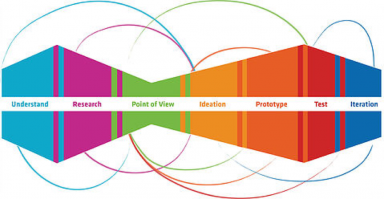
Practitioners, consultants, and change-makers who use DT masterfully with their clients are able to transmute these three principles into enacted behaviours that include:
Perspective taking – looking at and reflecting upon a system and its participants through multiple contexts, such as mindsets, behaviours, relationships, and structures
Perspective seeking – looking as a partial perspective from within the system
Perspective coordinating – mapping multiplicity in a way that makes complexity visible without reductionism or distortion in translation
Perspective synthesizing – looking through a system and all of its complexity to alchemise multiplicity and begin to converge on the things that really matter
Playing – feeling safe to take risks, think differently, and step outside the box
Collaborating – bringing ease and trust into the co-creative process by listening to the ideas of others with genuine receptivity rather than an impulse to respond and/or compete
Enacting – prototyping and testing ideas for feedback and adaptation. The outcomes generally include and transcend intended expectations.
Managing the Both/And dynamic of divergence and convergence – learning to dance the DT Tango, which is all about sensing into the signals for the timeliness of both open exploration and concrete action.
Ultimately, Design Thinking is a way of cultivating the capacity for people to embrace ambiguity, thrive amidst complexity, and adapt to change. Organisations that invest in leadership development and/or consulting services that include Creative Intelligence and Design Thinking in their programs will generate Innovation for decades to come.

Susanna Carman is a strategic designer, researcher, facilitator and writer specialising in Design Leadership and Creative Intelligence. With backgrounds in adult development, design, brand, business strategy and the arts, Susanna works with leaders of enterprise and organisations to embed Design Thinking into the cultural fabric of human systems. To work with or read more by Susanna Carman, please visit www.susannacarman.com or contact her directly at [email protected].
